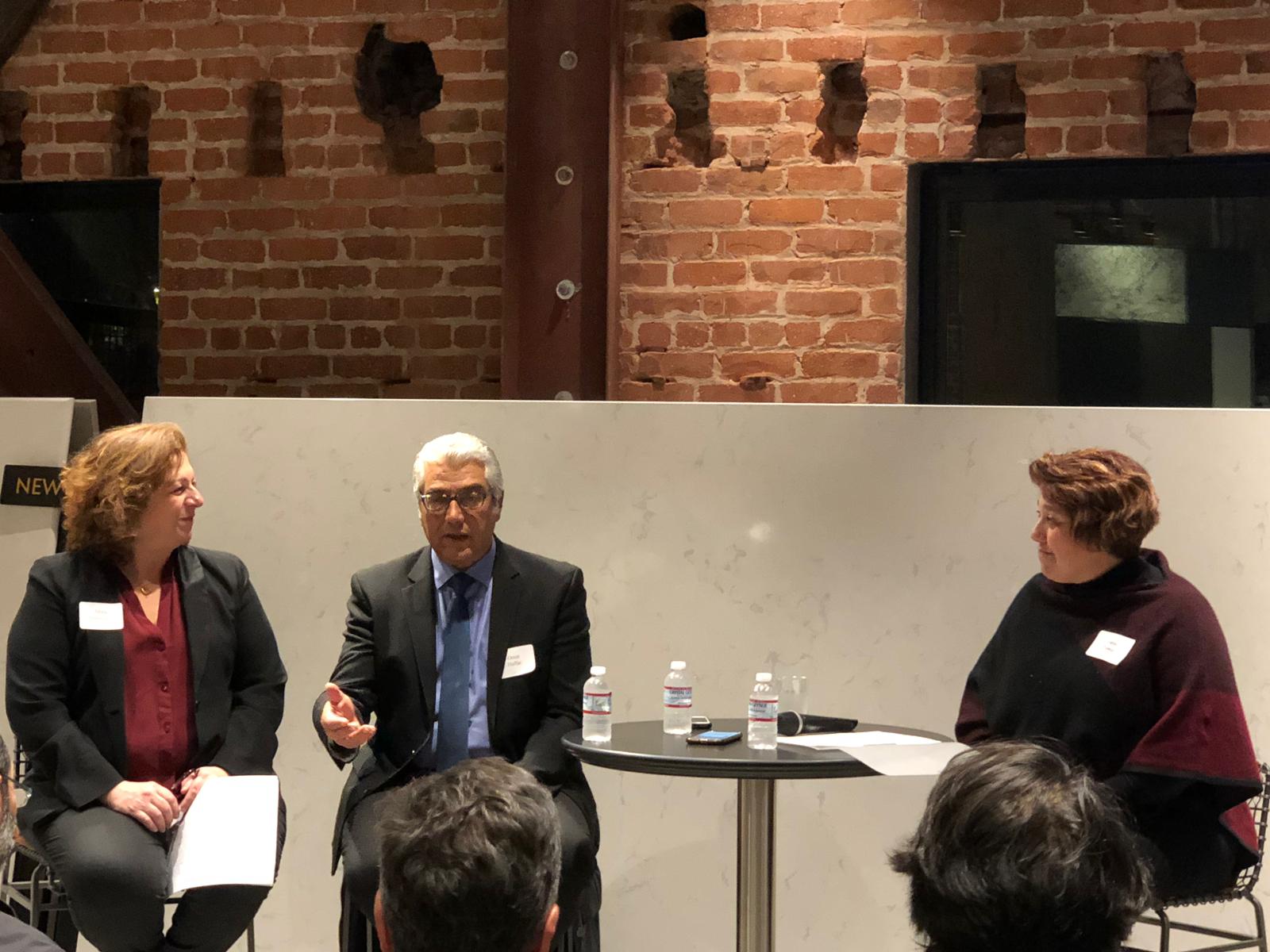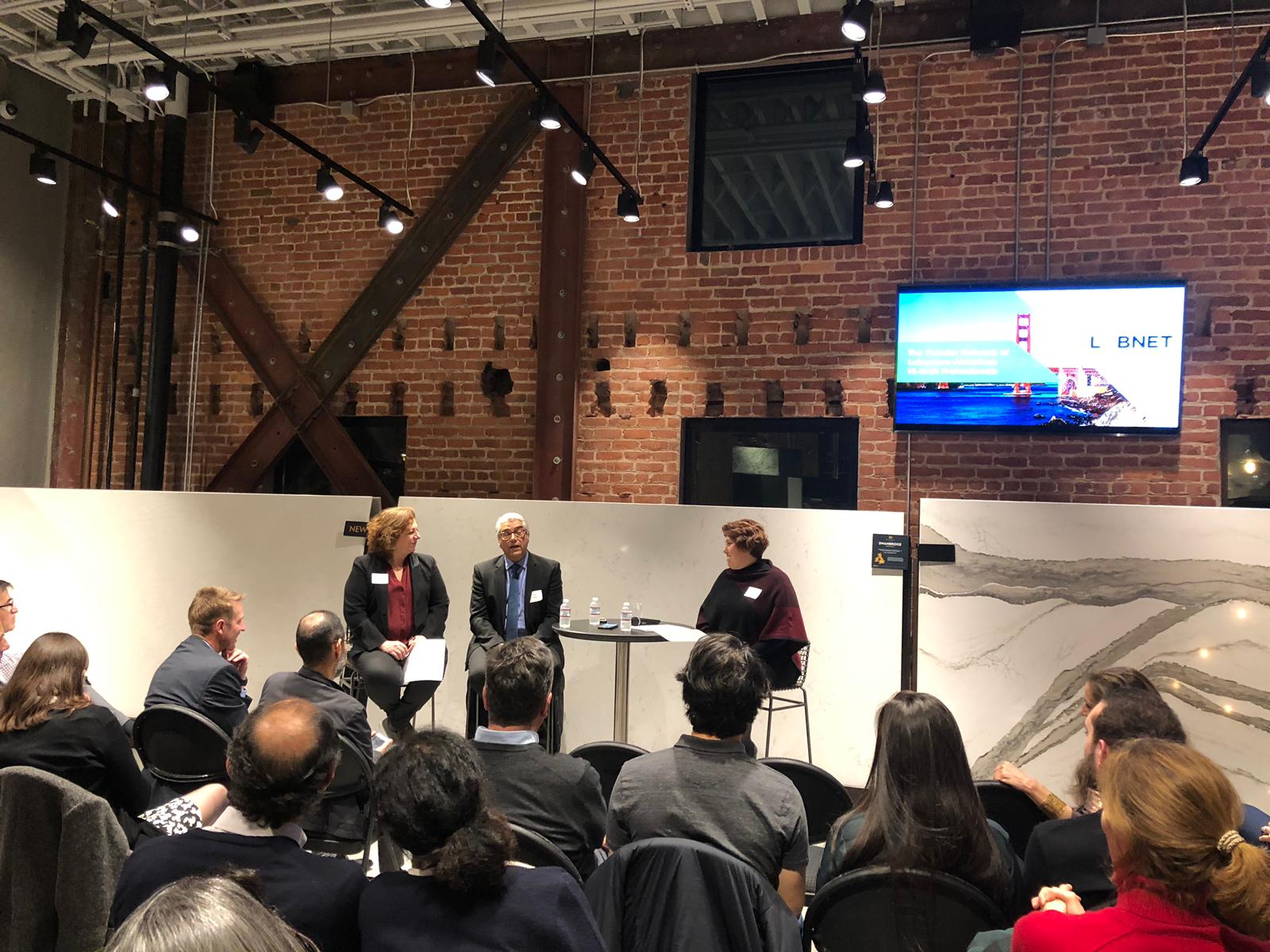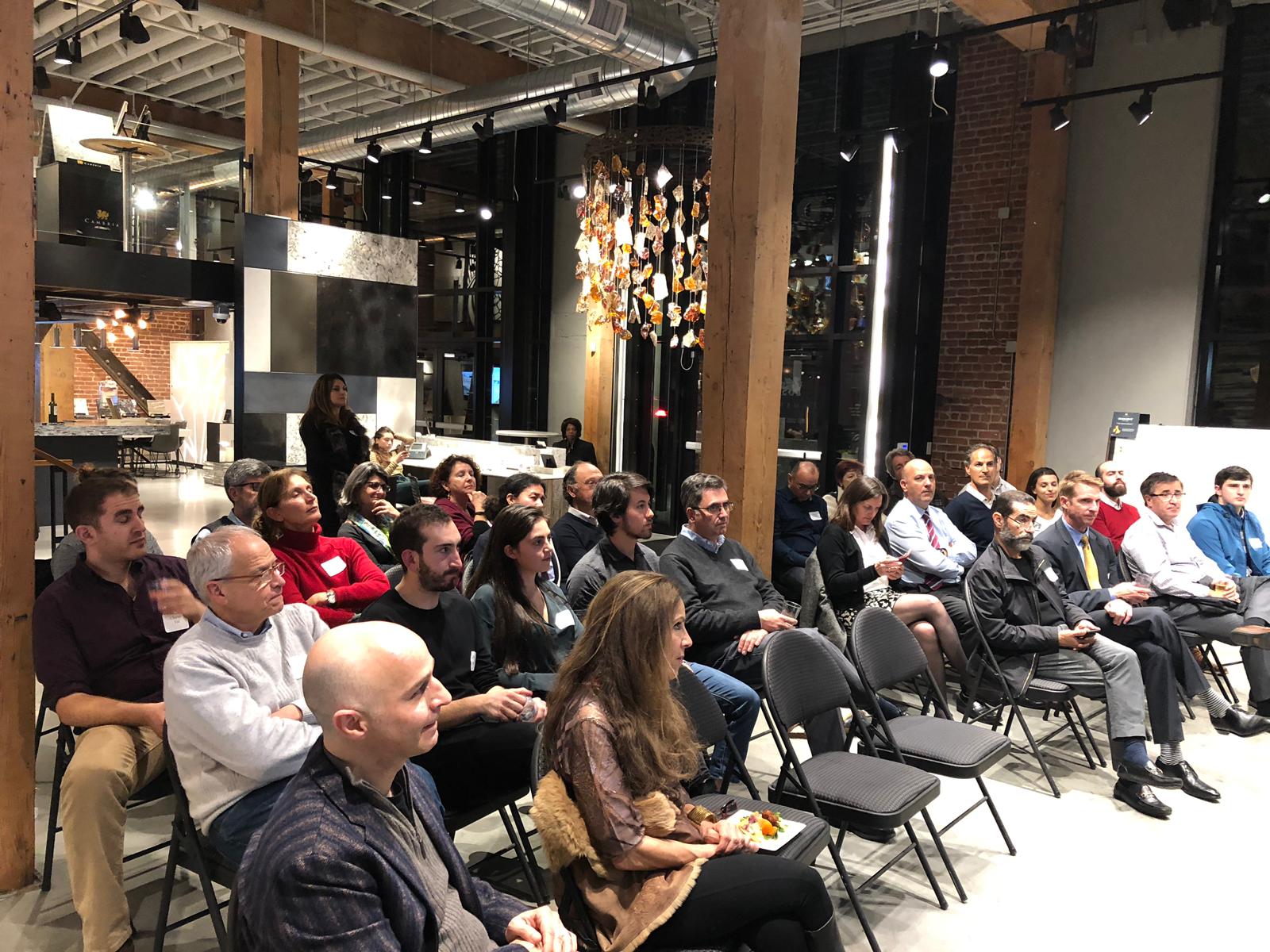Healthy mind in healthy body.
We’re increasingly becoming curious about how our bodies function, how we can heal them and how they react to diseases. While we’re still far from figuring out how to cure certain serious illnesses and preventing them in the future, science and biotechnology are making a significant progress in that regard.
In a fireside chat organized by LebNet on January 10 – which featured Diala Ezzeddine, PhD, CEO of Xios Therapeutics, a biotech company developing a novel small molecule therapeutics capable of preventing tumors from evading the immune system; Omar Haffar, PhD, Founder and CEO of Eos Biosciences, a nanomedicines company developing a nanobiologic particle-based platform technology to facilitate the delivery of approved and novel therapeutics to disease sites and moderator Farah Fawaz, PhD, and VP Quality Control at Allogene Therapeutics, a company developing allogeneic CAR T therapies for cancer – panelists talked about targeted cancer treatments that do not harm other parts of the human body, new drug discoveries, intellectual property and attracting investments to finance expensive and high risk medical products.
Fawaz, who is a LebNet board member, kicked off the talk by saying that finding Lebanese-American colleagues and professionals in the biotech industry to connect remains a big challenge and invited guests to be engaged in helping build the network. This is why a few months back, she launched a biotech community under LebNet, to help create more synergies and partnership opportunities.
Treating tumors without damaging the healthy parts
Haffar got his Ph.D from the University of California at Berkeley in the eighties and left academia to join Genentech for his postdoctoral training. For nine years, he worked at large pharmaceutical companies, but eventually he moved on to starting his own companies. Eos Biosciences is his 4th company.
Haffar’s recent company, Eos, was started in 2014 and focuses on oncology (the study and treatment of tumors). His drug-targeting platform technology was developed at Cedars-Sinai Medical Center in LA in order to treat the tumors in the body without damaging the healthy parts, unlike chemotherapy. The technology is based on generating self-assembling, nano biological particles (Eosomes) that entrap a chosen therapeutic (drug) and specifically deliver it to the interior of the target disease cells.
“We work with a technology that is made up of developing nanoparticles, where we put drugs inside the particles and once injected into humans, it hums right into the tumor, reducing toxicity.”
The path to drug discovery
Diala Ezzeddine got her Ph.D in Genetics from Harvard Medical School then started working at Millennium Pharmaceuticals, where she learned a lot about drug discovery and business development. “I decided later to take advantage of spinning companies out of Millennium to go on my own and do something for myself,” she told the audience.
She co-founded HydroSpine, a hydrogel liquid that is injected in the spine to reconstruct it. She tried to do that with friends who had a proprietary gel before realizing the idea was a bit early for the market. So instead, she licensed the technology to other small companies. In 2010, she became the chief business officer of a company X-Chem, which applies innovative capabilities screening chemical libraries for the identification of novel small molecule therapeutics. She helped start the company from scratch and create a new drug discovery programs. In 2015, they decided to start a new company and fund it separately and that’s how Xios was born.
“In 2011 and 2014, there was a watershed moment in cancer research and therapeutics with three drugs going into the market. Cancer is not just a tumor, it actually develops into almost an organ with a number of functions. It has its own environment, ability to connect to the human system and it cloaks itself from the immune system. It allows it to grow unchecked,” said Ezzeddine when talking about the limitations of certains cancer drugs or treatments. “The first generation [of treatment] was chemotherapy. It’s very effective but kills everything that’s alive. Then second was targeted molecular therapy, where we exploit between cancer and normal cells to focus just on cancer. It works well in a number of cases. The third is checkpoint inhibitors.”
Her company aims to create a new generation of oncology drugs targeting checkpoint inhibitors.
Intellectual property and proper funding
The second half of the panel focused on patenting new innovations and finding huge amounts of investments to finance them.
“In our industry, intellectual property is very important. We have nine patent families, 14 issued patents in six families. If you count them all, we have 28 US and global patents,” said Haffar.
While it’s crucial to protect an innovation idea, especially in a tricky field like biotech where every detail matters, Ezzeddine believes patents are not always the best option.
“When you have a complex technology that’s difficult to process, it’s more helpful to protect it by trade secret than by patent. Everybody knows about patents, so if somebody wants to practice it, they can change it enough to get around your patent. Whereas if they don’t know what you’re doing and you keep it as a trade secret, it’s a lot stronger for protection,” explained Ezzeddine.
In order to discover and test new drugs or treatments, researchers and scientists spend years and years of testing and iterating, without offering any guarantees. This all requires heavy capital before starting up, which makes attracting investments a hard task.
“Our industry is so capital intensive that no matter what you do, you can’t get a corporate partner to invest in the company, give you licensing fees, research support and you always find yourself going to a VC because they have the money that you need,” said Haffar. “They are the only ones that will invest in a private biotech [as they are always looking for the brightest ideas to invest in].”
Whether they secure money from a VC or from friends & family, the true challenge biotech scientists and researchers face is clinical failure, as Haffar said. Being unable to know if a drug is effective before testing it on animals then on humans is the trickiest part and if ultimately, the results were negative, the product is dead.


